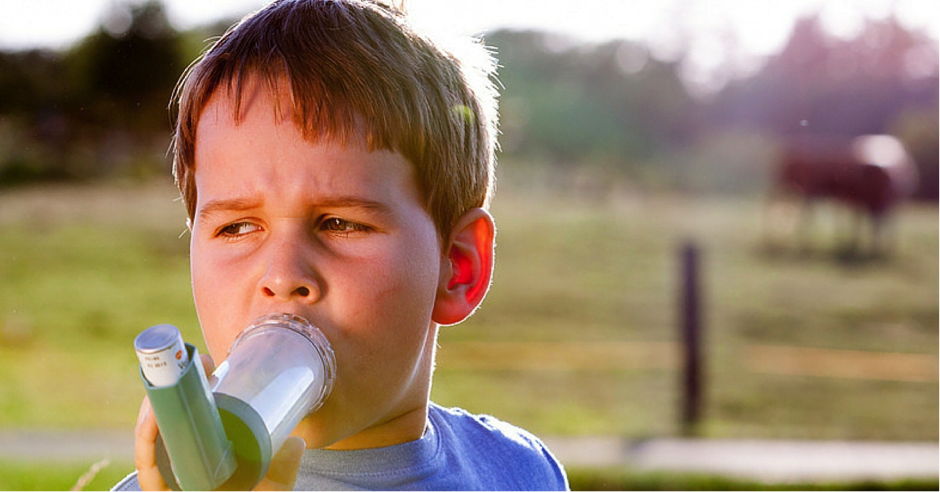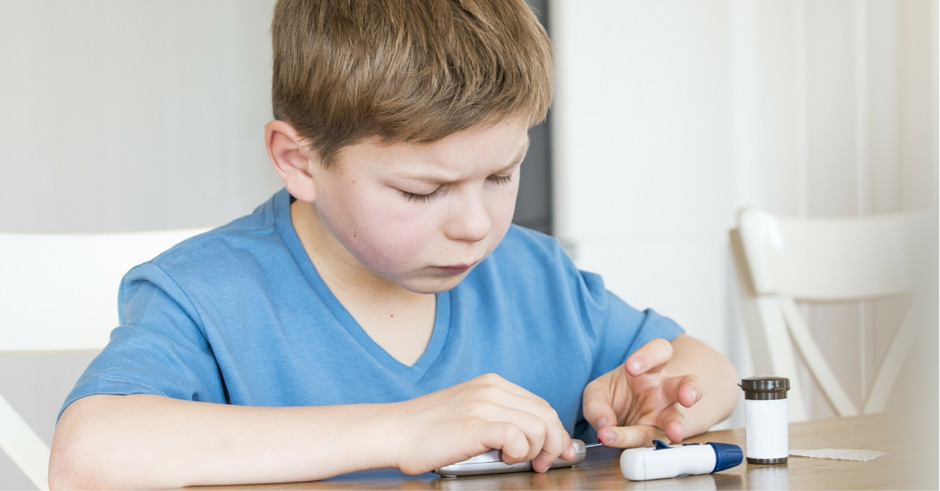You would never think that there are more cases of burns in winter. But it’s true. According to the government website, HealthDirect, 40% of all deaths from fire occur in winter and 65% occur in the home. Sadly, the majority – 94% of these are preventable.
According to the Fiona Wood Foundation, 200,000 Australians suffer from burns every year. It is a major cause of accidental deaths in children under the age of 5 (Source: Julian Burton Burns Trust). It costs the community $150million annually and can be a big burden on families with a 24-hour stay at a specialist facility costing about $2,000 a day.
This June is Burns Awareness Month – aimed at burns prevention. So, let’s look at ways in which we can keep our loved ones safe.
What is a burn?
A burn is when extreme heat or cold injure one of the three layers of our skin – the dermis (outer skin), epidermis (inner layers housing hair follicles, nerve cells and sweat glands) or subcutaneous tissue (padding that separates the skin from muscle and bone).
Types of burns:
Burns are usually classified in two ways. One, by the extent of the injury:
- First degree burns: when the injury is restricted to the dermis.
- Second degree burns: when the burn damages not just the dermis but also some layers of the epidermis.
- Third degree burns: when the burn has gone through all the three layers of the skin and may have damaged muscle tissue below the skin.
- Fourth degree burns: when the burn goes through the skin to injure muscle, ligaments, tendons, nerves, blood vessels and bones.
Two, by the cause of the burn:
- Thermal burns: These are most common among children and older adults and are mostly caused at home by hot liquid, steam or stovetop fire. Scalds are also caused by irons and electrical devices that heat.
- Electrical burns: Caused by natural events like lightning or through electrical devices.
- Chemical burns: Usually caused by household and industrial chemicals. They can also be caused by uncertified cosmetics. These burns often occur in factories where strong chemicals are handled, if work safety procedures are not followed.
- Radiation burns: Sun tanning booths, sun lamps are a common cause.
- Friction burns: This is a common activity-linked injury acquired at the playground, sports courts or the gym. When the skin scrapes against a surface while in motion, the result is often a friction burn. Athletes and two-wheeler drivers are the most affected.
- Cold burns: When exposed skin comes in contact with an extremely cold object for a period of time, it could burn.
First aid for burns:
Here are first aid recommendations for burns by Better Health, Victoria.
- A major burn is a medical emergency, so call 000.
- Hold the burn under cold running water for 20 minutes. A cool shower is ideal if the scalding is across a large area.
- Remove burnt clothing, but only if it is not stuck to the skin. If any material is stuck to the skin, do not remove it – that’s a task for medical professionals. Remove all jewellery.
- Burns Trust recommends that you see a doctor immediately if the burn is larger than a 20-cent coin or if it is on the face, hands and groin area.
- Even if the burn is minor, keep monitoring it to ensure that it stays infection free. Speak to your GP who will guide you on the best way to ease the pain associated with burns.
- If there has been contact with fire and clothes are alight, use a blanket to douse out the flames. Rolling on the ground is another way to extinguish flames. Teach kids not to run – Stop, drop and roll is the best way to put out the flames.
Your GP will tell you how to best cope with a minor first or second degree burn at home. Third and fourth degree burns will have to be treated in a specialised facility.
How to reduce the risk of burns at home and work
Most burn cases are preventable (94%). So here are some things you can do to ensure a safe environment at home:
- There are the usual home safety measures: don’t smoke in bed, replace fire alarm batteries regularly and make sure there are strategically placed to give you an early warning.
- If you have small children, it is a good idea to have a fire escape plan. You can make it fun by creating a game and having the kids do a drill. Simple messages like “get down low and go, go, go” will stick with the little ones.
- Keep a fire extinguisher and blanket near the kitchen. Check pressure routinely.
- Water heaters should be set at 49℃ or lower.
- Lighters, matches etc. should be kept out of reach of children. If lighting candles, think of safety when placing them and put them out before you leave the room.
- When cooking use the back burners. If using the front burners make sure that the pots don’t have long handles little children can reach.
- This is an important one: Use appliances for the purpose intended. For instance, never place wet clothes on room heaters to dry. Put the clothes at least one metre away. Too many accidents have happened due to incorrect use of appliances.
- If you are getting any electrical work done at home, ask for a safety certification.
- Stay indoors when there is lightning.
Given that most of our burn cases affect the most vulnerable in our population – young children and older adults, we should take measures to reduce the incidence. Walk around your home today and see what you can do to make it safer. If you know someone who has suffered a major burn injury, join one of the wonderful events being hosted by not-for-profit organisations to raise awareness.




